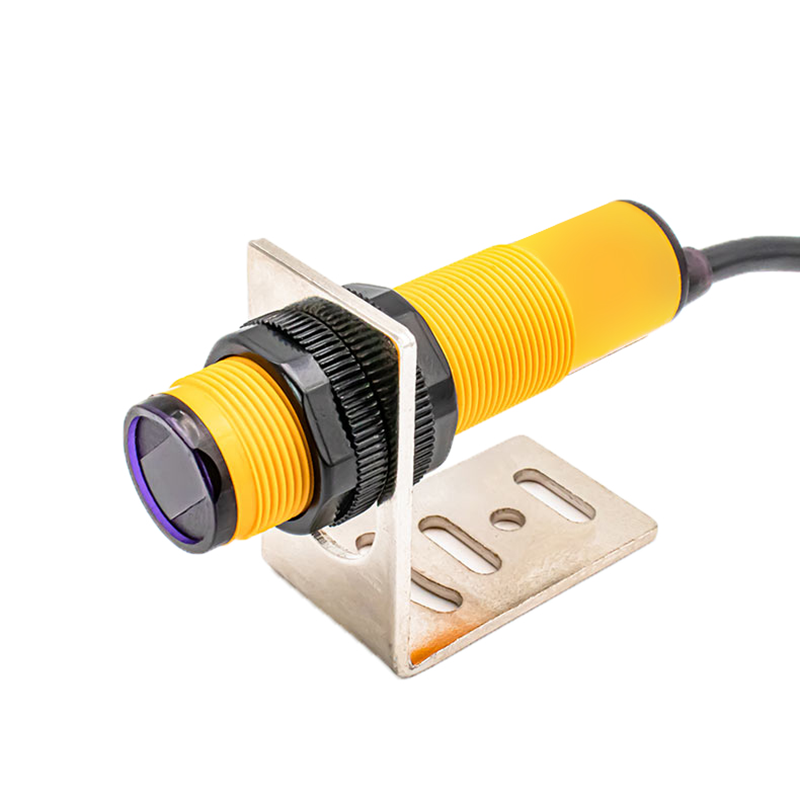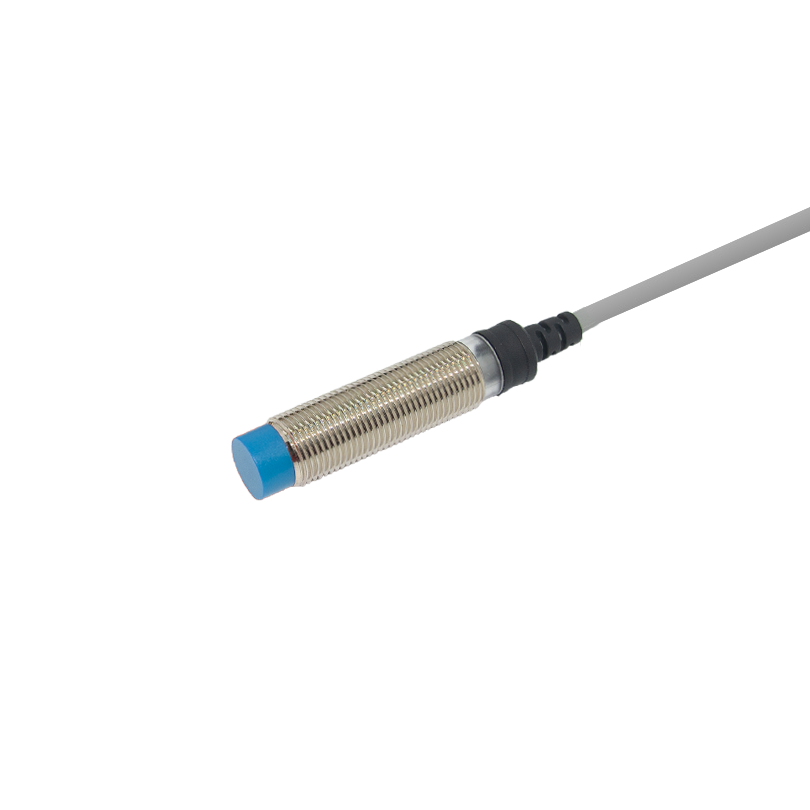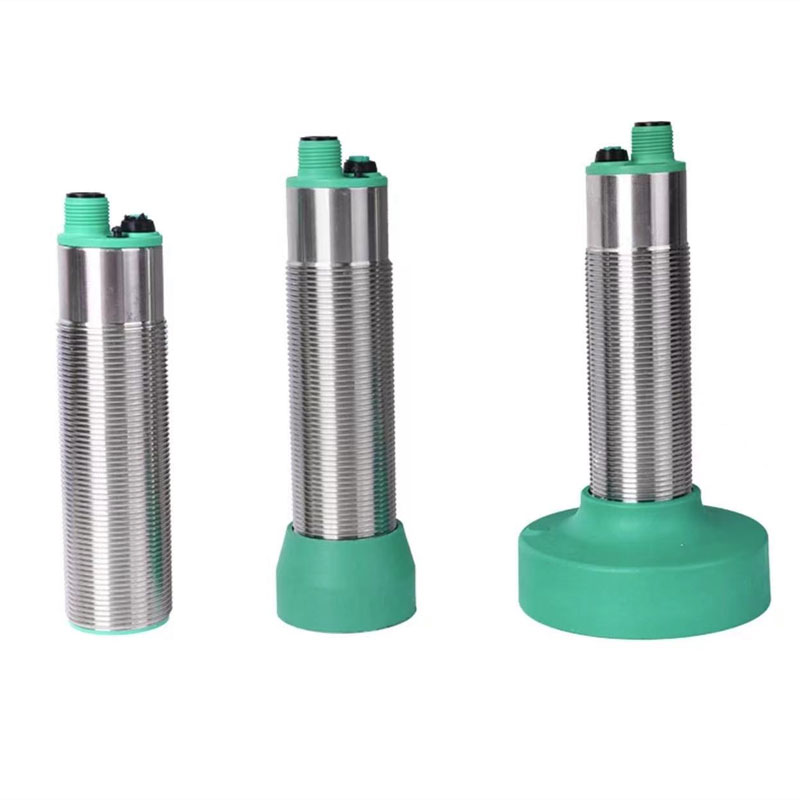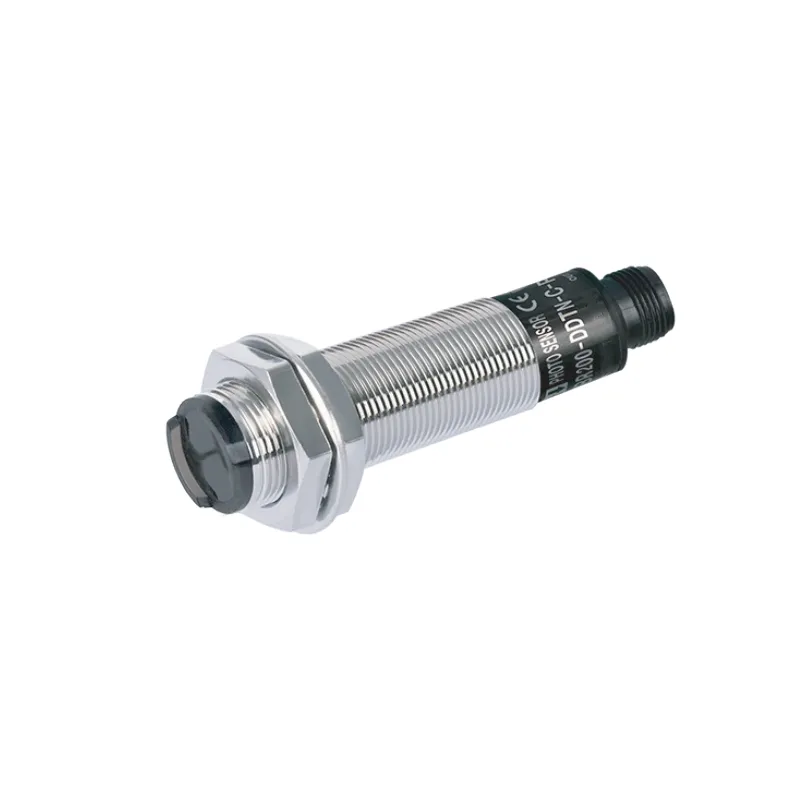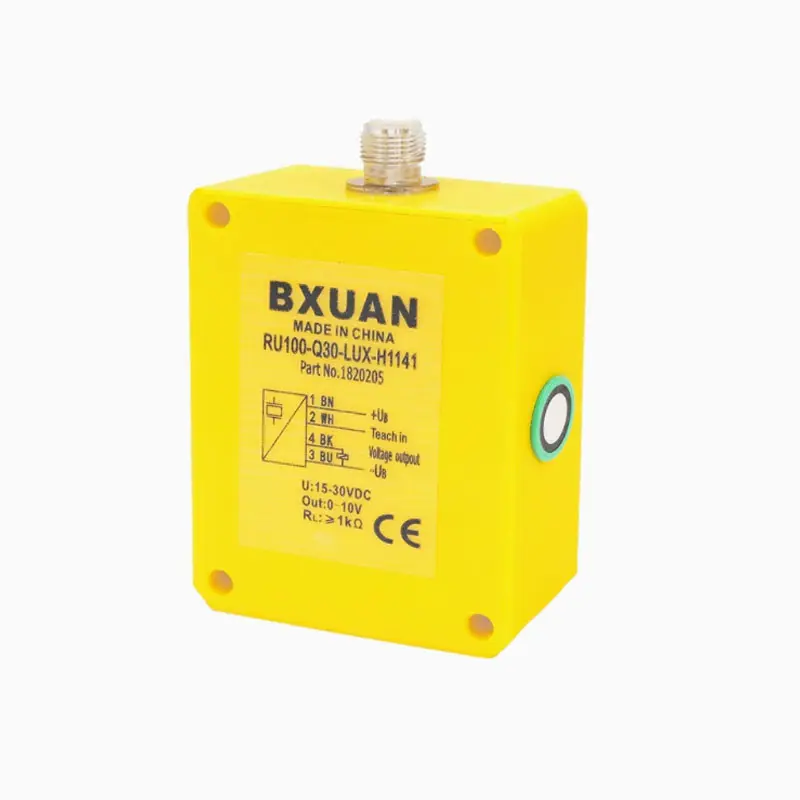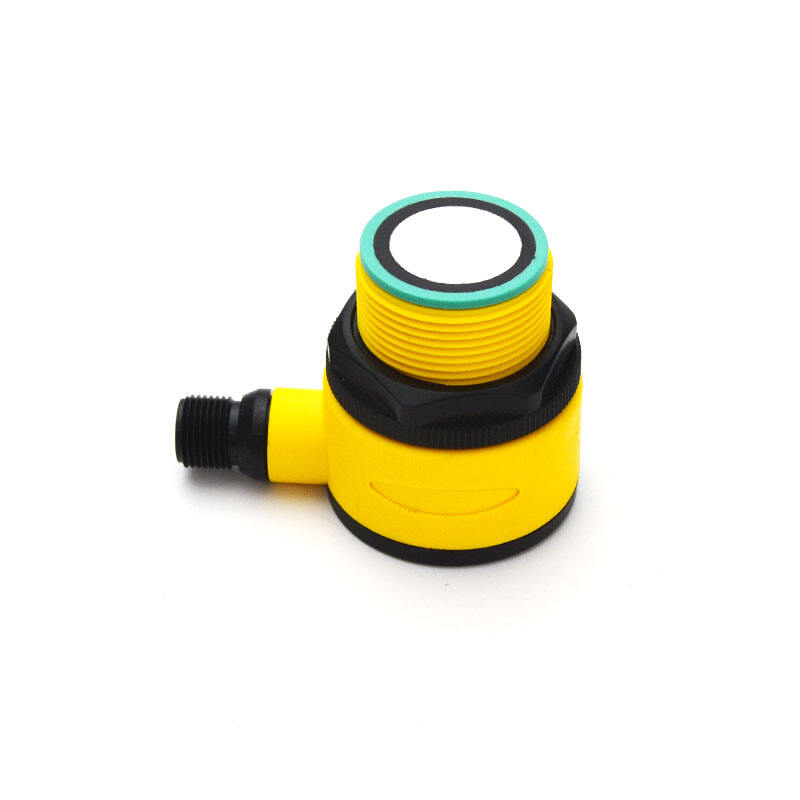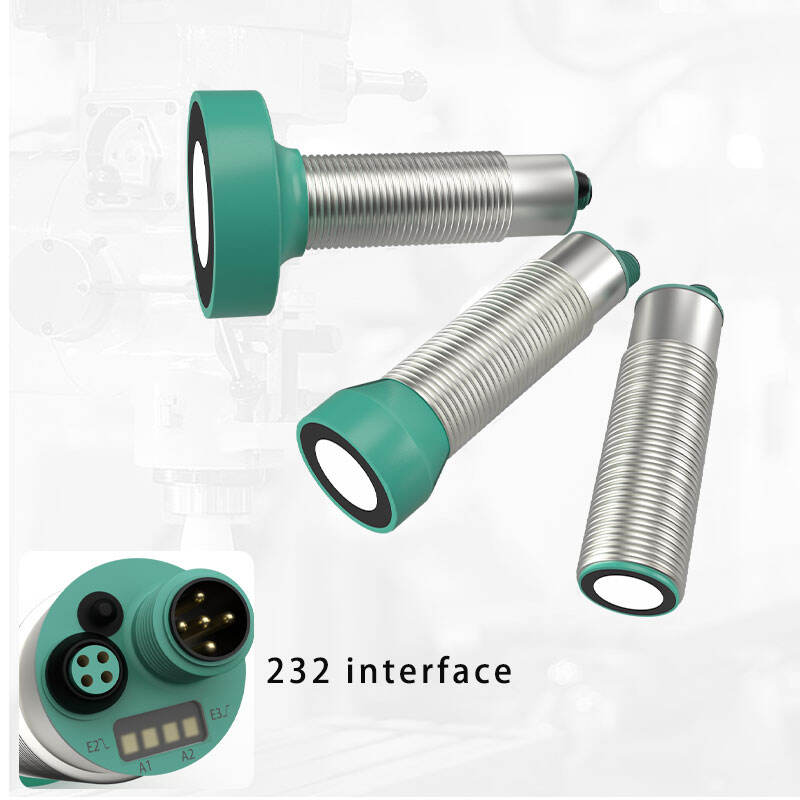ultrasonic sensor in robotics
Ultrasonic sensors in robotics represent a cornerstone technology for precise distance measurement and object detection. These sophisticated devices operate by emitting high-frequency sound waves and measuring the time taken for the waves to bounce back after hitting an object. In robotic applications, ultrasonic sensors serve as the eyes and ears of automated systems, enabling them to navigate environments safely and efficiently. The technology relies on piezoelectric crystals that convert electrical energy into ultrasonic waves and vice versa, operating at frequencies above 20kHz, well beyond human hearing range. These sensors excel in various environmental conditions, maintaining accuracy regardless of light levels or surface colors. In modern robotics, ultrasonic sensors play crucial roles in obstacle avoidance, mapping, and position control. They can detect objects from a few centimeters to several meters away, making them invaluable for both indoor and outdoor robotic applications. The sensor's ability to provide real-time distance measurements helps robots maintain safe distances from obstacles and execute precise movements. Moreover, their robust nature and resistance to environmental factors such as dust and moisture make them reliable components in industrial robotics, autonomous vehicles, and service robots.

